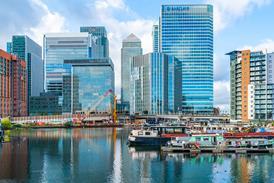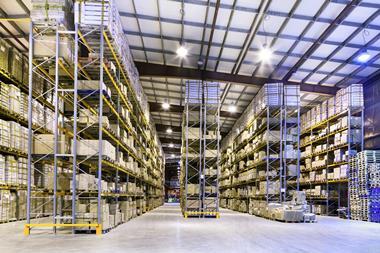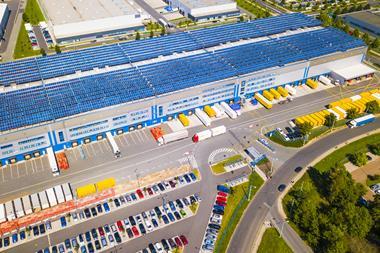I grew up in New Cross Gate: my dad had a furniture workshop in an old sail loft at Deptford Creek, a short cycle ride away.

It was a truly local business supplying City clients. Then Greenwich undertook a housing regeneration project and his company reluctantly relocated east to Charlton.
Two decades later, the business needs to relocate again as a result of the redevelopment for housing of the industrial land stretching from the Thames Barrier to Greenwich Peninsula. Heading further east is the only option.
The thirst for new homes means there’s a real danger of creating great mono-crop swathes of housing, bereft of what makes communities tick and function. Yes, London needs housing but there’s another way.
To make real communities we need to think locally and understand exactly what people want and need. London’s success should not be determined by the number of residential units each borough is able to allocate, but the number of local communities each borough is able to incubate. It’s a subtle difference we’ve been promoting and a concept that is beginning to gain traction at City Hall.

The deputy mayor for planning, regeneration and skills, Jules Pipe, recently spoke eloquently about how intensification of industrial land will play an important role in helping retain employment-led land. And SEGRO’s recent Keep London Working report emphasised how essential well-planned use of industrial land is for the future economic prosperity of our capital’s communities.
How this is achieved will depend totally on the local context. A current project of dRMM’s in Hackney Wick includes 175 new homes over new light industrial units, retail and workspace. Cleverly divided by pedestrian-friendly landscaping, the project enables distinct buildings to work together to form a single mixed-use community within the wider area.
There is no one-size-fits-all solution to intensify industrial land and create vibrant, mixed-use communities
There is obviously no one-size-fits-all design solution to how we intensify our industrial land and create vibrant, mixed-use communities. We worked with Savills earlier this year to compile a report proposing a menu of different solutions. Whether intensifying, stacking, nesting, subterranean or airborne, what became evident was not necessarily what we build, or even how we build, but who we’re building for.
And developers will need to take note. In order to receive planning consent for new mixed-use regeneration schemes they will have to demonstrate how they have addressed local community needs. Not doing so will only increase their risk and, at worse, create poorly considered schemes that add no value.
It is imperative that we retain industrial land to keep London working. Our imagination is only limited by our perception of what is possible. As a first step, we need to listen and design thoughtful and clever solutions that stitch together everything that makes a community tick.
Patrick Usborne is an associate at dRMM
All well and good in the industrial and logistics sector
- 1
- 2
- 3
- 4
- 5
- 6
- 7
- 8
- 9
 Currently reading
Currently readingKeep the capital working
- 10






































No comments yet